For a considerable time after the war, one of the key tasks for the country will be demining and returning potentially explosive-contaminated land to use. The quality of post-war recovery and further development of the national economy are dependent on it. The Ministry of Economy of Ukraine, together with other departments and government bodies, local governments, international partners and experts, and the professional community, is currently working on preparing a strategy for humanitarian demining and shaping a market for relevant services.
Yuliia Svyrydenko, First Vice Prime Minister and Minister of Economy of Ukraine, talked about Ukrinform’s objectives and strategies.
ON CURRENT TASKS
- Let’s start with numbers. What is the area of Ukrainian territories contaminated with explosives? Which of them are located in liberated areas, and how many are near the front line, where demining is currently only possible during combat missions? Can you assess the need for demining lands temporarily controlled by the aggressor?
- Perhaps, everyone has heard of the following number: 174 thousand square kilometers of Ukrainian territory. This is an estimate of potentially contaminated territories. These include both the front line and temporarily occupied areas. It’s about all the territories that the enemy was able to reach – both by physically occupying them and by shelling.
470,000 hectares of agricultural land need to be surveyed and returned to use within four years.
To find out the area of territories that are actually mined, a non-technical survey of all these lands is needed. This is a task that we are now actively working on. We plan to survey about 40 thousand square kilometres by the end of the year, excluding the safety line. The safety line is situated 20 kilometres from the borders with Russia and Belarus and 30 kilometres from the front line. These 40 thousand square kilometres are the areas that can be worked on: de-occupied territories in Kharkiv, Chernihiv, Sumy, Kyiv Oblasts, and part of Zaporizhia, Kherson, and Mykolaiv Oblasts where active hostilities took place.
The Government approved a separate plan for agricultural land in March. It states that it would take four years to survey and return to use 470,000 hectares, i.e. 4,700 square kilometres. These lands are located in Dnipropetrovsk, Zaporizhia, Kyiv, Mykolaiv, Sumy, Kharkiv, Kherson, and Chernihiv Oblasts.
We have already finished a quarter of the plan for surveying and returning these territories to use.
We will update it as we are moving faster than expected.
Special databases are used to store information on demining of a particular area. The Ministry of Defence, the Ministry of Internal Affairs, and the State Emergency Service regularly update the IMSMA system with information received from mine action operators. This system hosts all the latest information on the contamination of our territories with mines and other explosives. This helps us plan and prioritise land demining, see what we have already done and how much more we need to do.
It is important for Ukrainians to pay attention to warnings, signs, and plates alerting them about mine danger while we are surveying and demining territories. Unfortunately, new reports of victims of explosives appear nearly every week. According to statistics, nearly 700 incidents and almost 300 casualties have already been reported. It is clear from the map that tragedies often occur where the front line used to be – most often in Kharkiv and Kherson Oblasts.
- Is it possible to estimate the level of contamination in the territories temporarily controlled by the enemy to evaluate how much work demining specialists will have after their liberation?
- It is too early to talk about it, as we don’t have access to these territories. Therefore, any number would be only hypothetical, just like forecasts of how much time demining will actually take. While the war in the country continues and the enemy keeps engaging in active hostilities, no one will be able to provide accurate assessments. We need to focus on the territories that are accessible to
Ukraine to carry out surveys and demining. We are currently doing just that: surveying, demining, and returning lands to use.
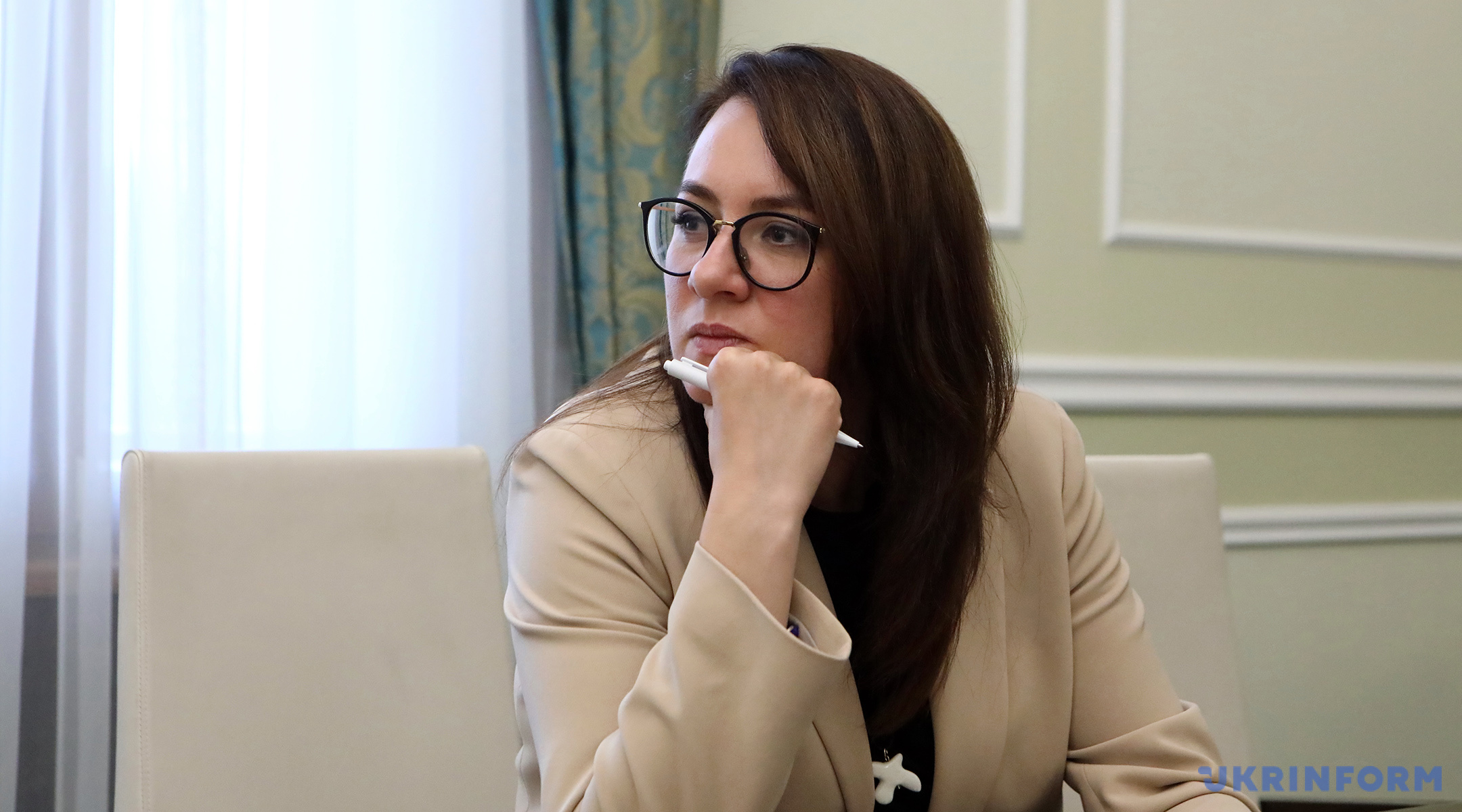
ON SEQUENCE AND PRIORITIES
- How does it happen in practice? Is a selective approach employed, primarily aimed at demining critical infrastructure while restricting access to the surrounding areas until demining specialists diligently survey and thoroughly eliminate explosive objects square by square?
- We use the global approach to prioritisation. Surveying and demining are focused on critical infrastructure and examining the homes of Ukrainian. Agricultural lands will be the next, followed by forests and underwater demining.
Certainly, demining is one of the first tasks after de-occupation. For instance, when Kherson Oblast was liberated, the State Emergency Service and the State Special Transport Service were the first to enter, following the Defence Forces. They demined bridges and roads and made rounds of the territories to check for explosives. It is vital for people to be able to return to these territories so that life can be restored there.
As you realise, the Ministry of Economy does not demine the territories physically, yet we have a crucial role in this process. We are currently focusing on refining and approving the state strategy for demining activities and then coordinating its implementation. This will be a key document shaping the policy in this field. We also have an organic role in attracting investments and equipment from partners.
There is also another important thing. The strategy is not just about a clear sequence and demining methods. We also decide what role government structures will play in the demining and surveying process and what role will be assigned to private operators. To function effectively, the country must accumulate both its technical and human resources and allocate appropriately what we already have. After all, Ukraine is potentially the most contaminated country in the world. The figures we are referring to are unique in the contemporary world.
The role of government organisations must be leading in the de-occupied areas and critical infrastructure facilities. And in cases where farmers have the resources and will to start surveys and demining at their own expense, private operators may participate. For this, we are building a market with the possibility to procure such services through transparent auctions.
We are already bringing this intention to life. In August, we will hold the first auction on forest area demining.
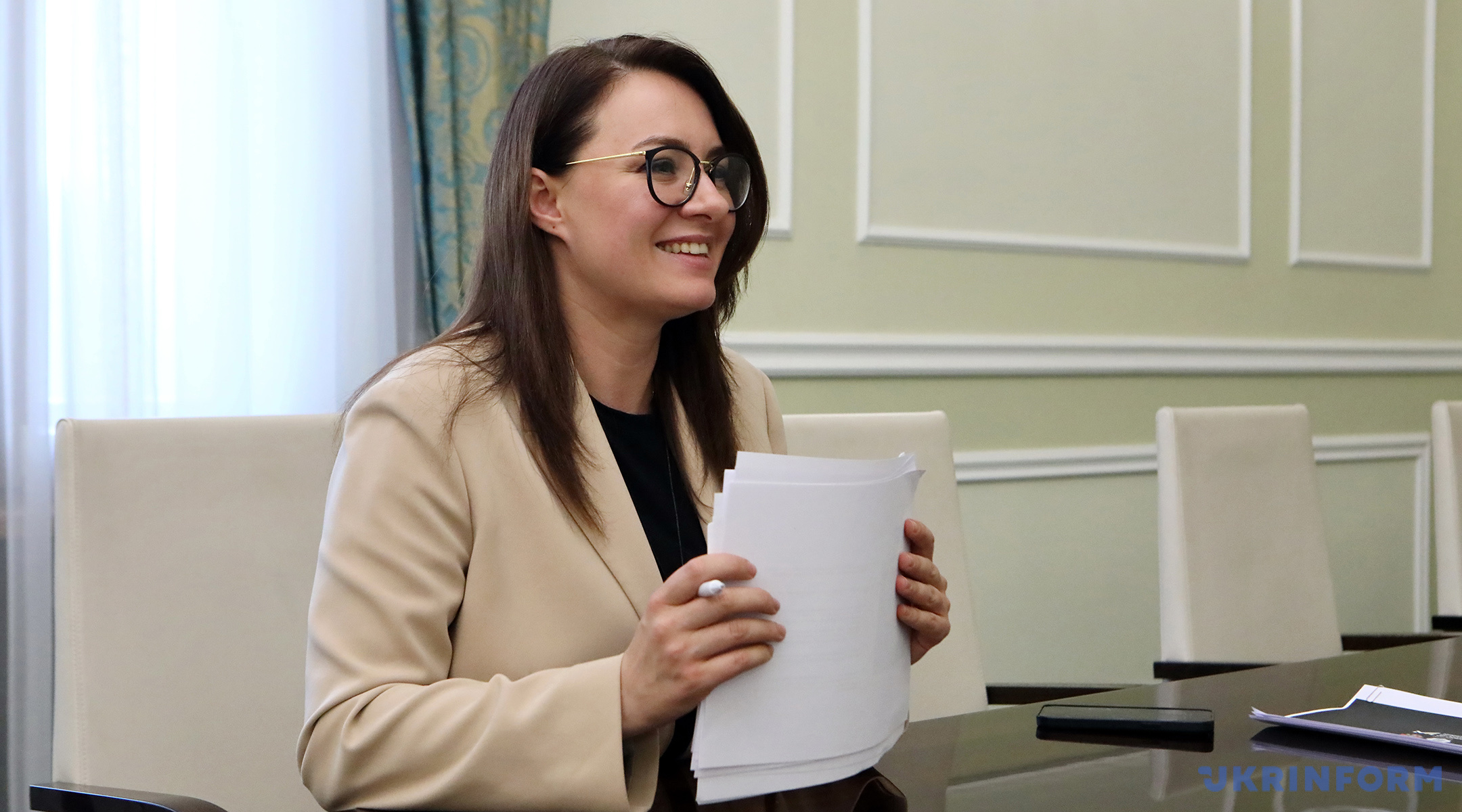
ON THE MARKET OF DEMINING SERVICES
- We are talking about shaping a full-fledged market in this field. Or will the state initially be the only buyer of these services through the public procurement system, and private customers will join the bidding only gradually?
- All stakeholders are interested in this approach. This means there will be both private demining operators and private customers of such services. The state is tasked with creating conditions for transparent cooperation. The first auction will show how considerable this interest is.
The task is to expedite the certification of mine action operators while not sacrificing quality.
- I was just about to ask whether our legal framework meets the new requirements arising from the need for participation in the demining process of private capital, foreign investors, and foreign operators. Is it necessary to make any legislative or regulatory changes, or is it enough to merely simplify certain regulations, as you mentioned?
- The country relies on international standards. Our objective is, among other things, to accelerate procedures, such as operator certification, without sacrificing the highest standards. We analyse regulatory acts to determine which ones need updating, which ones require repealing, and what we can digitalise.
We need innovation, novel approaches, and standards in the demining of agricultural land to expedite its return to productive use. This is the reason why we are consistently engaged in a dialogue with Ukrainian and international operators and actively seek such approaches.
- How do you feel about some large agribusinesses wanting to carry out surveying and demining by themselves? For example, Nibulon company has already obtained a certificate for reconnaissance of potentially contaminated areas and is preparing to obtain certificates for the technical survey of territories, manual demining, and surveying areas of active hostilities. Therefore, agricultural producers have both specialised equipment and specialists. Is it possible that demining specialists can be pulled out from government agencies?
- It is a good thing that we have more operators. There is a lot of work to be done, so increasing resources is an opportunity to accelerate making our land safer. We are happy that agribusinesses are interested in joining this endeavour.
There are three certification centres in Ukraine, located in Kamianets-Podilskyi, Merefa, and Chernihiv, where demining specialists undergo training and can submit paperwork under the established procedure to obtain a certificate of mine clearance operator. I believe they will get more work in the field of certification. This is an understandable trend.
Furthermore, our operators from the State Emergency Service and the State Special Transport Service also plan to increase the number of demining specialists.
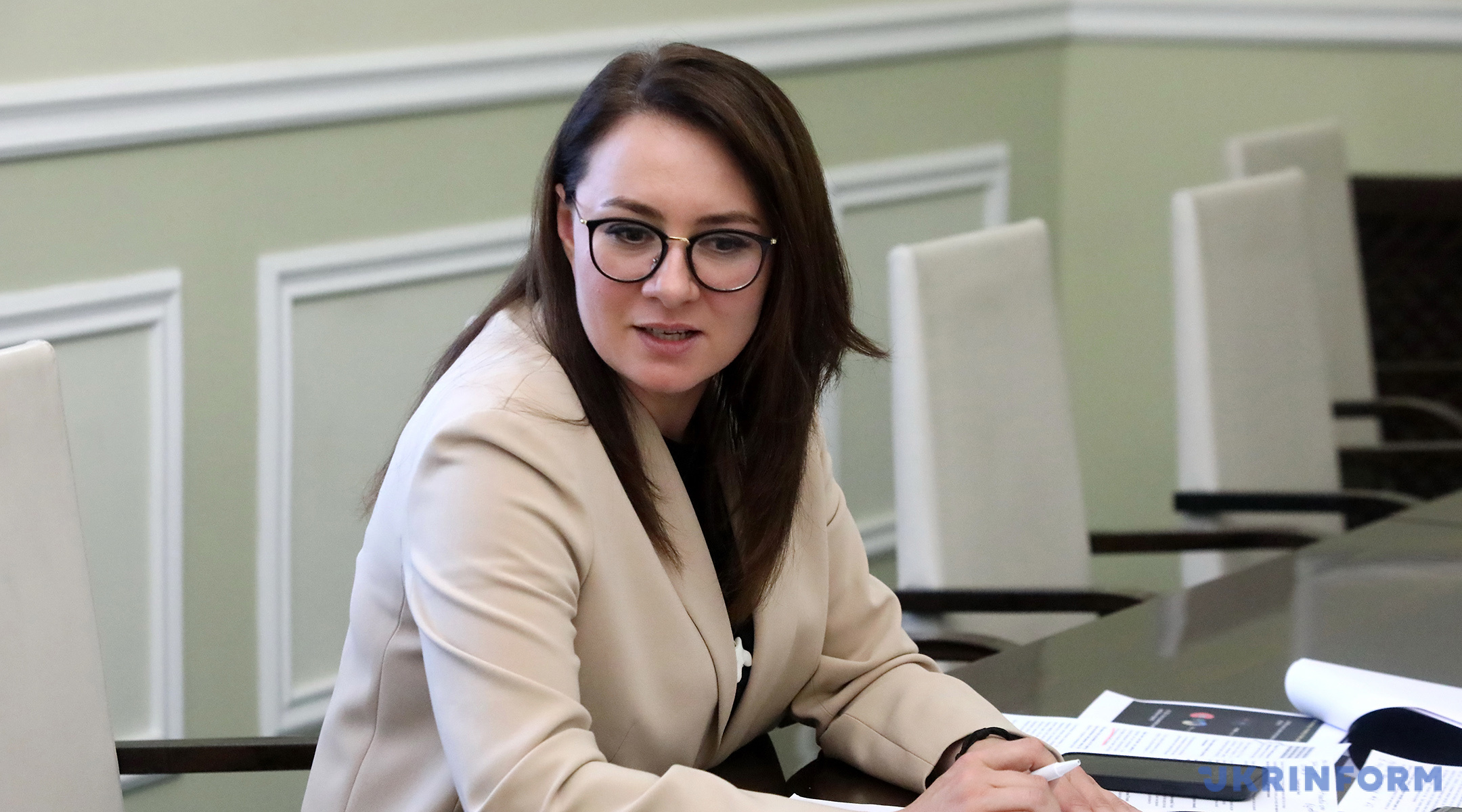
ON PARTICIPATION OF LOCAL AUTHORITIES
- The role of local governments in humanitarian demining. Do you feel that the importance of this process is understood locally, or are their current preferences for returning to normal life in their settlements (providing food, baking bread, ensuring payment to people), whereas demining is seen as something to be done in the future?
- Everybody understands that demining is crucial. Basically, this is a “zero stage of recovery.” After all, before rebuilding what was destroyed, it is important to make sure the territory is safe. Moreover, demining is closely related to economic development. A flourishing economic revival depends on the efficiency of the farming sector. Therefore, we are returning agricultural lands to use.
Local governments and state administrations are directly involved in this process, as the strategy for clearing agricultural land was devised considering the data pertaining to local requirements.
Working groups consisting of representatives from the State Emergency Service, the State Special Transport Service and military-civilian administrations are working to coordinate efforts at the oblast administration level. They determine plans for mid- and long-term, as well as weekly works.
Therefore, local authorities actively participate in this process, and drawing on their insights, we can adjust global plans and approaches.
In March, Ukraine had 12 demining vehicles, now, there are 26 of them, and the number is estimated to reach at least 60 by the end of the year.
- Is active financial involvement of the local government (inspired by Kyiv drums) possible in this case? Or is everything funded by the state and international donors at this time?
- There are government structures working at the expense of budgetary funds. Simultaneously, we receive assistance from international donors that support operators from their countries. We currently have 14 certified operators, and some of them have extensive experience working abroad.
The state budget does not currently contain a separate programme for humanitarian demining. Therefore, we are actively engaging partner resources for this. We have set a good pace and intend to accelerate it even more.
In March, when the Ministry of Economy initiated its efforts in this direction, there were 12 demining vehicles in Ukraine. We now have 26 of them. The number is estimated to reach at least 60 by the end of the year. Overall, by the end of 2023, Ukraine is expected to receive a minimum of 10 demining vehicles from Dok-ING and ten more from Global Clearance Solutions, nearly 200 explosive ordnance disposal vehicles, over 600 metal detectors, 50 blasting machines, individual demining kits, blast protective suits, quadcopters, robotic systems for neutralising ordnance, etc. The required equipment will be provided by Japan, Canada, Korea, Switzerland, Lithuania, the Howard Buffett Foundation, UNDP, and others.
We are directing international efforts towards the acquisition of demining vehicles and the establishment of our own manufacturing facilities. There are already the first sprouts of such projects. We have agreements to localise the production of the Croatian company Dok-ING d.o.o. and the Danish company Hydrema. We are also about to reach an agreement with France on the localisation of their manufacturing facilities in Ukraine.
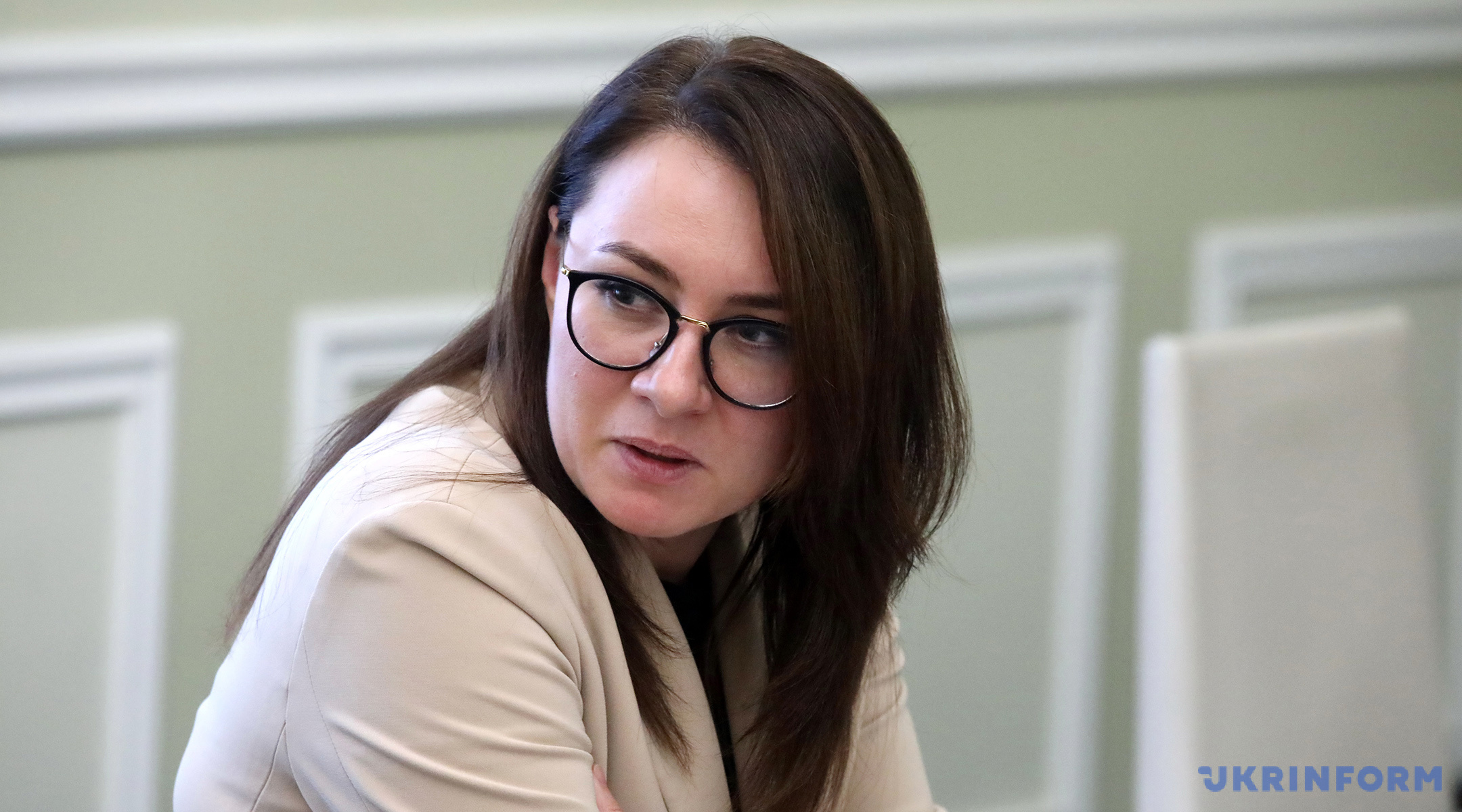
ON INTERNATIONAL FUNDING
- What about the prospects of further financial participation of international partners in the humanitarian demining processes? Will there be resources for the required work after the war?
- At the recent International conference on Ukraine’s recovery, which took place in London, a separate panel was dedicated to demining. We are addressing this matter at every meeting with foreign partners. The US, the UE, Japan, Canada, Germany, Switzerland, and the Netherlands – overall over 30 countries – announced the largest volumes of assistance.
As specified in the World Bank’s report, Ukraine will need over 37.5 billion dollars for humanitarian demining. We already have a confirmation from our partners that by the end of the year, we will receive almost USD 244 million for humanitarian demining. Additionally, the United States is currently in the process of approving the provision of up to USD 84 million to assist a private operator in Ukraine.
We have also opened an account for humanitarian demining as part of the United24 global initiative. The fundraising has only just started, and we already have an equivalent of over UAH 17 million. We will direct these funds to the purchase of equipment.
However, even with such a good pace, we are still far behind those billions that the World Bank is talking about. An equivalent of the defensive Ramstein is needed to attract more assistance in the field of humanitarian demining. It is critical if we want to be able to move quickly and clear 80% of potentially contaminated land within ten years and return it to use. This is an ambitious goal, and for its implementation, we are joining our partners’ efforts.
It is important to grasp that when I speak of 80% in a decade, I mean surveying the land accessible for conducting these works. According to our estimates, at most 20% of the potentially contaminated territory may be actually contaminated. The global experience is 8 to 15%, but considering the intensity of hostilities in Ukraine and the duration of this war, our figures may be higher. It is crucial for us to understand (in detail) where these 20% of mined territories are located.
Along with our partners, we are testing various drones to assess their efficiency in discovering mines and shells.
- 10 years... is it real? Because some people say that it would take dozens, if not hundreds, ofyears to clear Ukrainian lands of the effects of Russian aggression.
- We are doing everything possible to return this 80% of land to use in 10 years. We want to apply new approaches and cutting-edge technologies. During the war, Ukraine advanced significantly in the field of military tech. Meanwhile, we are testing various drones with our partners to evaluate their efficiency when discovering mines and shells. If we manage to find technologies that will be highly likely to identify explosives, we will apply them when surveying territories. This field is promising but is currently at an early stage of its development. Ukraine has a chance to break through in this domain.
- Does this mean that the standards that are being discussed in the world based on the experience of demining in the Balkans or in Cambodia do not apply to Ukraine’s current technological development and technological level?
- They are regulative, which means we follow the standards in place all over the world, including those used in the Balkans and Cambodia. Nonetheless, they need to be supplemented because the intensity of contamination is different in Ukraine, and there are contemporary approaches to surveying and demining. For instance, as I have already mentioned, we can use drones now.
Moreover, “traditional” technologies, like specialised equipment, advanced noticeably.
It is essential for us to have a programme modelling the development of various demining scenarios. This will be a unique product. Some foreign companies are ready to help us devise such a programme. We hold meetings and consultations with them.
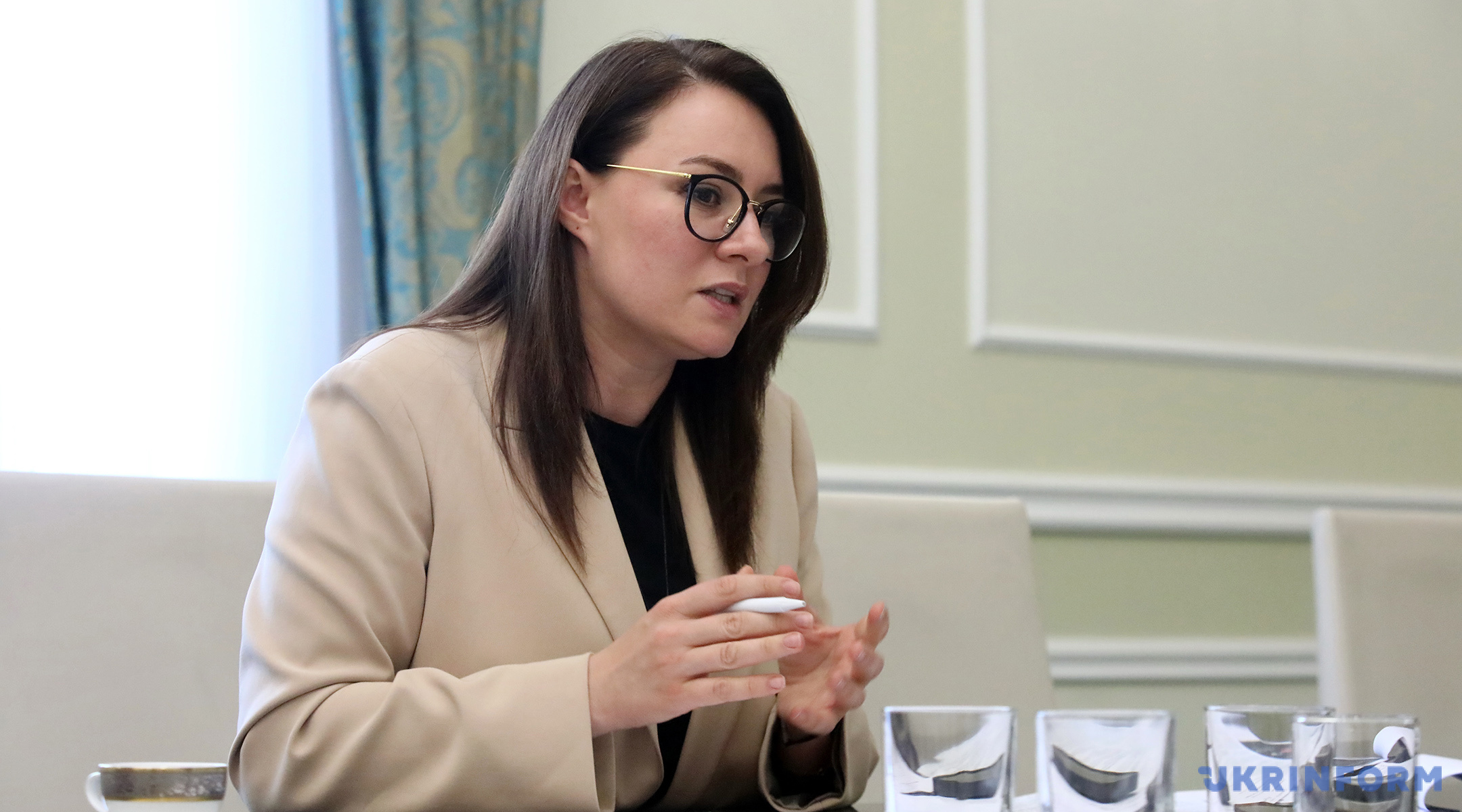
ON THE NEAREST PLANS AND A MASTER STRATEGY
- If I am not mistaken, less than half a thousand demining groups are now operating in Ukraine. Clearly, this is not enough for such a large country and such a massive volume of explosives “gifted” to us by the aggressor state. What can we count on before the war ends, and what will happen later? What level do we need to reach to attain the indicators you have mentioned?
- 333 demining groups, of which 146 are non-governmental mine action operators, are now working in Ukraine. By the end of the year, we expect to have twice as many demining specialists as we have now. There were 1,500 of them before the war, now there are about 3,000. By the end of the year, the number of demining specialists will reach 6,000. Next year, this figure will keep growing.
However, it is imperative to comprehend that more staff members mean more equipment, including vehicles for transporting pyrotechnics, explosives, and specifically demining machines. Therefore, all these processes should be synchronised. When increasing the number of demining specialists, we also increase the number of equipment.
Kharkiv ground preparation machine for demining has been given a conformity certificate, so we can start its mass manufacture.
- What urgent tasks Ukraine needs to complete now, before the war is over, to accelerate humanitarian demining, and what will be the post-war strategy to make the survey of areas contaminated by ruscists as short as possible?
- The effective functioning of the economy and the country’s development depend on a thorough and timely demining. Therefore, our task is to develop an adequate strategy which will allow the allocation of limited resources. We are already in the process of devising it.
In addition, we have set up a Humanitarian Demining Centre. Its supervisory board has already been elected, involving renowned world experts such as American investor Howard Buffett, Director of the EU Service for Foreign Policy Instruments Peter Wagner, Head of Operational Activities at the Croatian Mine Action Centre Laura Davor, and the Ambassador Extraordinary and Plenipotentiary to Ukraine Matsuda Kuninori. Soon, they will determine the procedure for electing the Centre’s management. The Centre will gather and study information, make strategic plans, deal with international cooperation matters, and coordinate humanitarian demining tasks.
In addition, we hold regular meetings of interagency working groups on demining. We already held ten such meetings with representatives of key bodies in this field. There, we make decisions about key tasks and analyse the results of previous tasks.
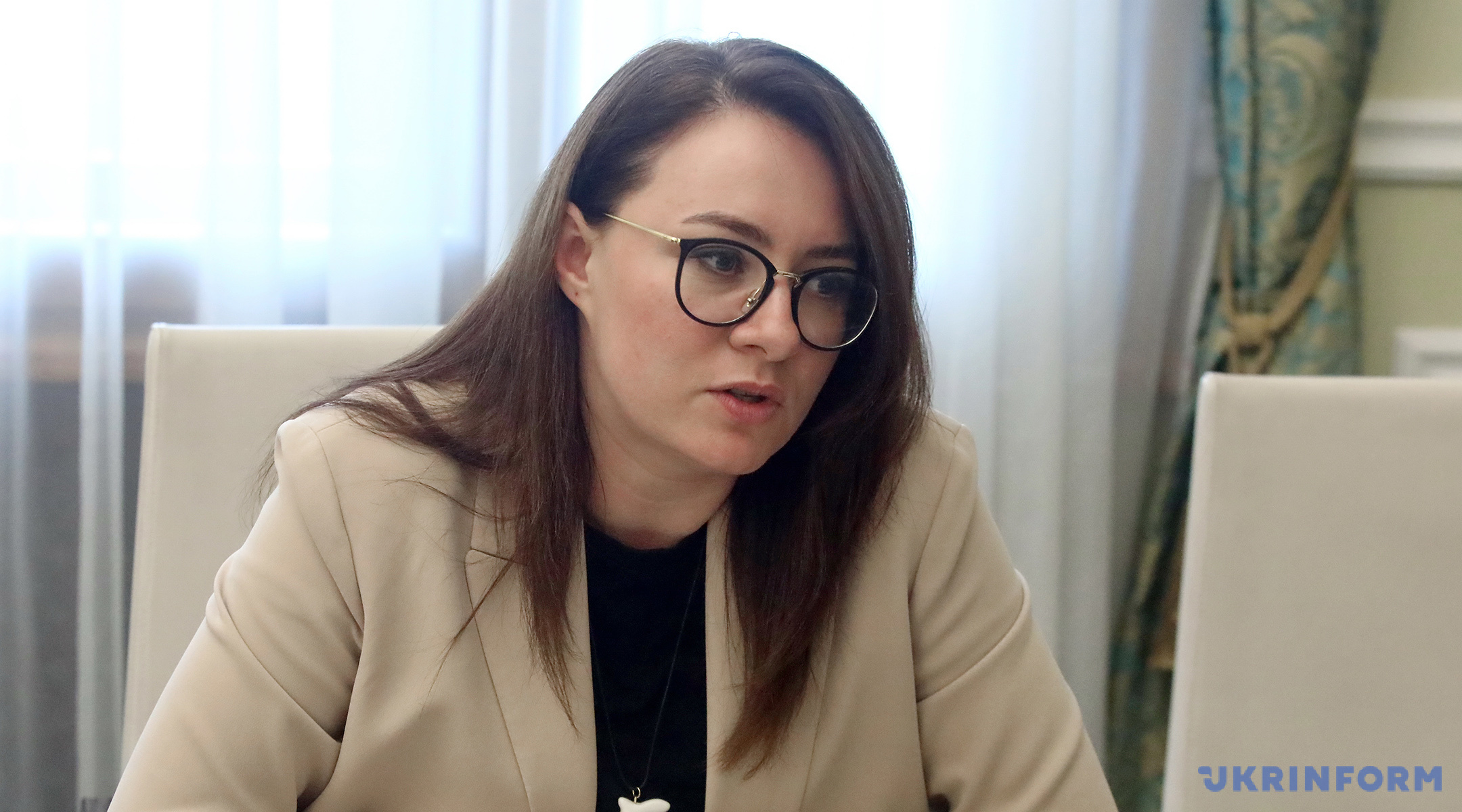
The second avenue involves enhancing government structures by using vehicles and specialised equipment.
The third important aspect is the creation of a transparent market and the involvement of as many operators as possible, including international ones. For this, the certification process must be faster – at most, three weeks.
The next step is to establish the manufacturing of Ukrainian demining vehicles and use novel foreign technologies for non-technical and technical area surveys. We already have the initial results: Kharkiv ground preparation machine for demining has been given a conformity certificate, so we can start its mass manufacture. The plant can manufacture up to 2 such vehicles a month. This will significantly speed up the pace of land surveying.
We now have the opportunity to change approaches to humanitarian demining not only in Ukraine but also worldwide. Ukraine and its experience will be a good example for other countries.
Vladyslav Obukh, Kyiv
Photo: Volodymyr Tarasov
